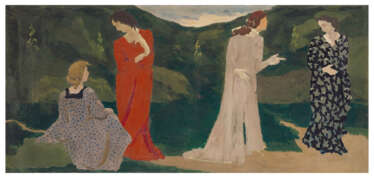cinque terre
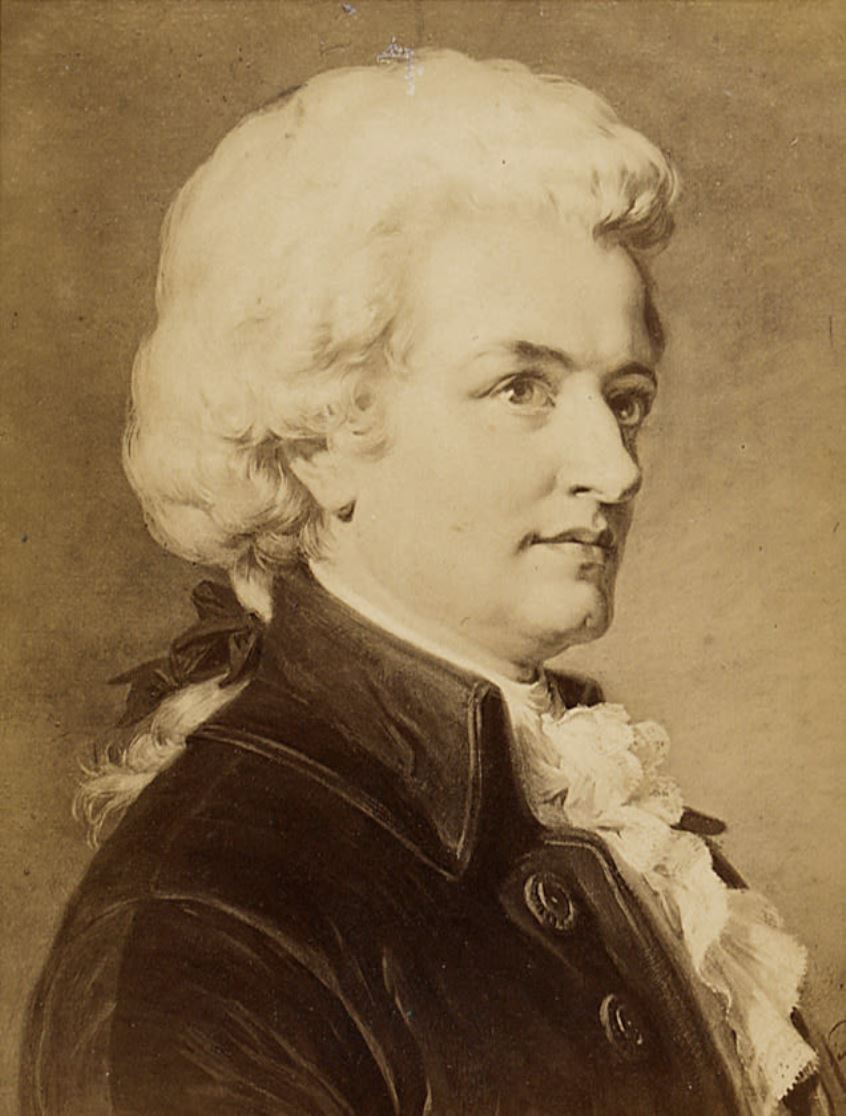
Wolfgang Amadeus Mozart, full name Johann Chrysostomus Wolfgang Amadeus Mozart, was an Austrian composer and virtuoso musician. Mozart is one of the greatest composers in music history on par with Beethoven and Haydn.
Wolfgang was born into the family of violinist and composer Leopold Mozart (1719-1787), at the age of five he had already begun composing and gave his first public performance. His older sister Maria Anna (1751-1829) was also a prodigy, and from 1763 Leopold and his children began traveling around Europe with performances.
Mozart had a phenomenal musical ear, memory and was a superb improviser. Unlike any other composer in music history, he was versatile and wrote in all musical genres of his time. During his short life, Mozart composed more than 800 works, many of which are recognized as the pinnacle of the symphonic, concert, chamber, opera and choral repertoire. The general public is familiar with the composer's three operas: The Marriage of Figaro, Don Giovanni and The Magic Flute.
Society did not immediately appreciate the scale of Mozart's genius. It was only many years later that the vivid image of a prodigy, a refined salon composer who could miraculously think through an entire work in his head, gave way to the image of a serious, meticulous and brilliant creator of music.

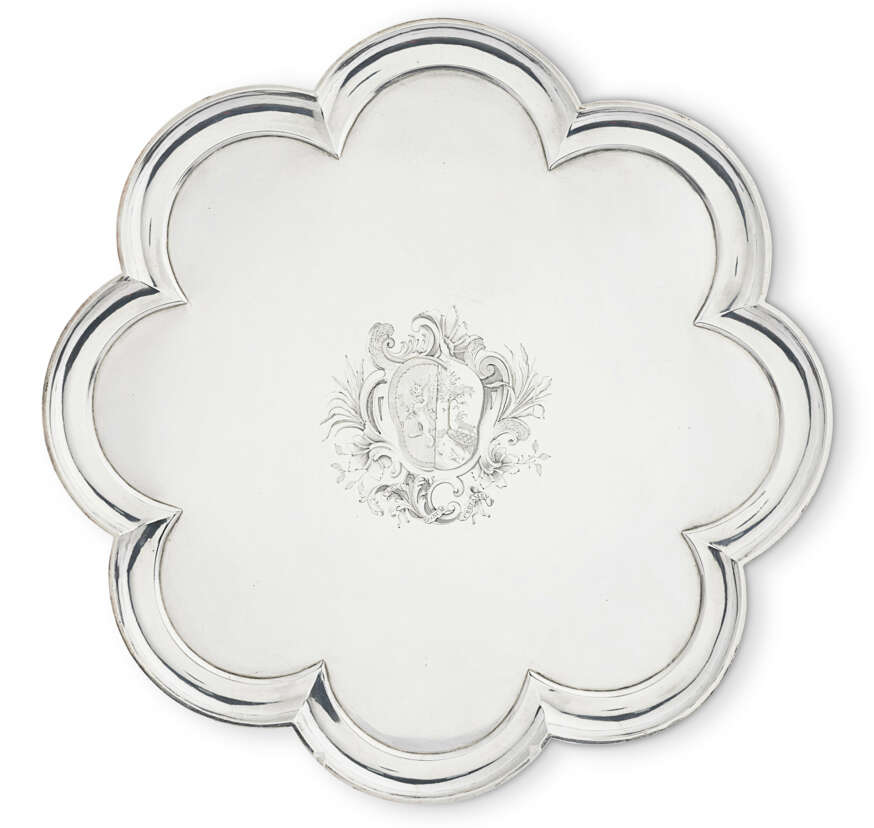

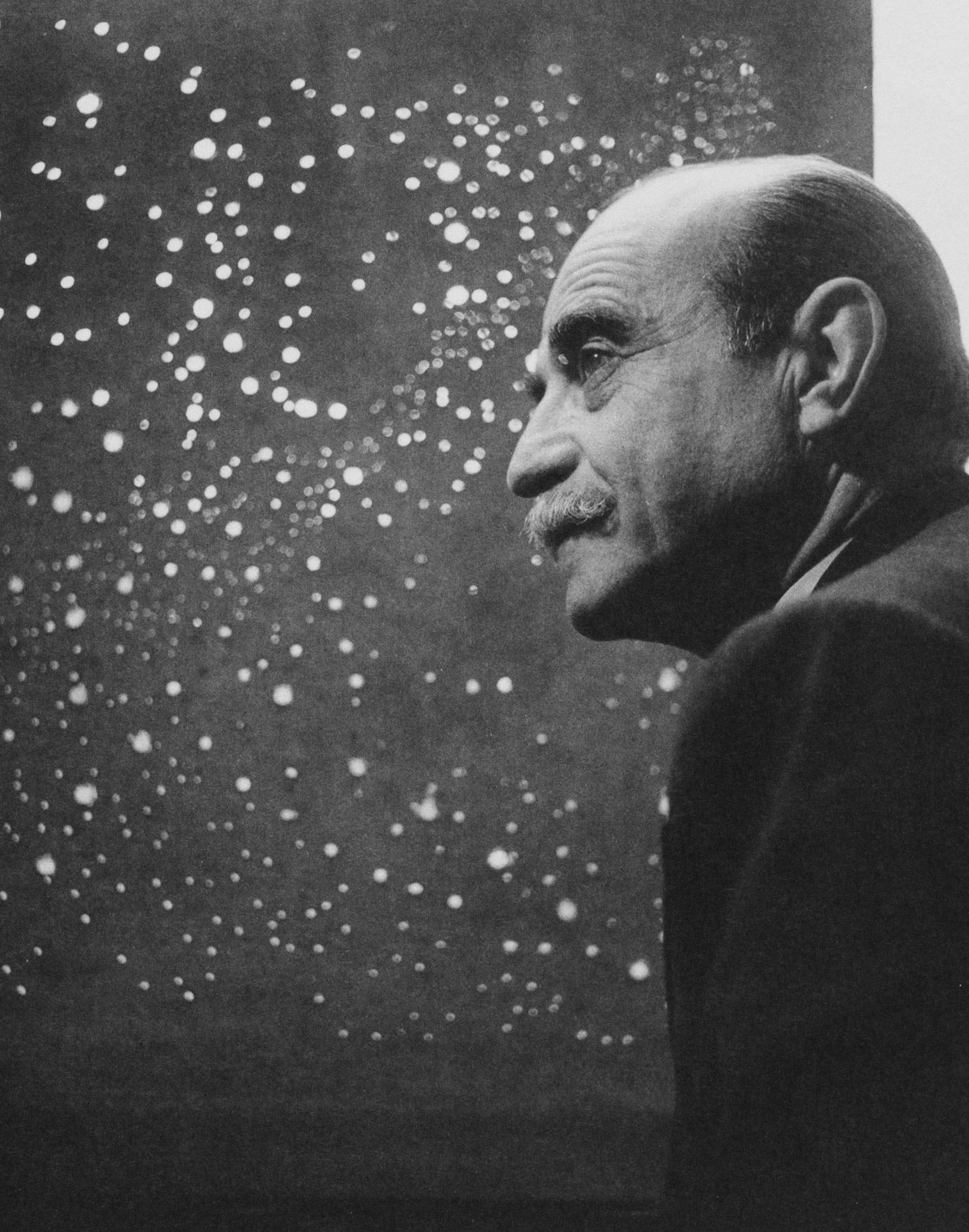
Lucio Fontana was an Argentine-Italian artist known for his pioneering work in the field of Spatialism, an artistic movement that explored the relationship between space and art.
Fontana studied sculpture at the Academy of Fine Arts in Milan, Italy. In the 1940s, he began experimenting with a technique he called "Spatial Concept," in which he punctured or cut holes into the canvas to create a sense of depth and dimensionality.
Throughout the 1950s and 1960s, Fontana continued to explore the possibilities of Spatialism, creating works in a variety of media, including sculpture, ceramics, and painting. One of his most famous series of works is the "Tagli" (Cuts), which consist of monochromatic canvases with one or more slashes or punctures.
Fontana's work had a significant influence on the development of the Arte Povera movement in Italy, as well as on the development of Minimalism and Conceptual Art. He exhibited his work widely in Europe and the United States, and his legacy continues to be celebrated by artists and critics today.
Fontana's innovative approach to art and his exploration of the relationship between space and form continue to be a source of inspiration for artists working in a wide range of media.
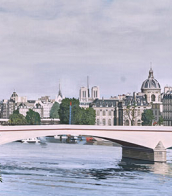

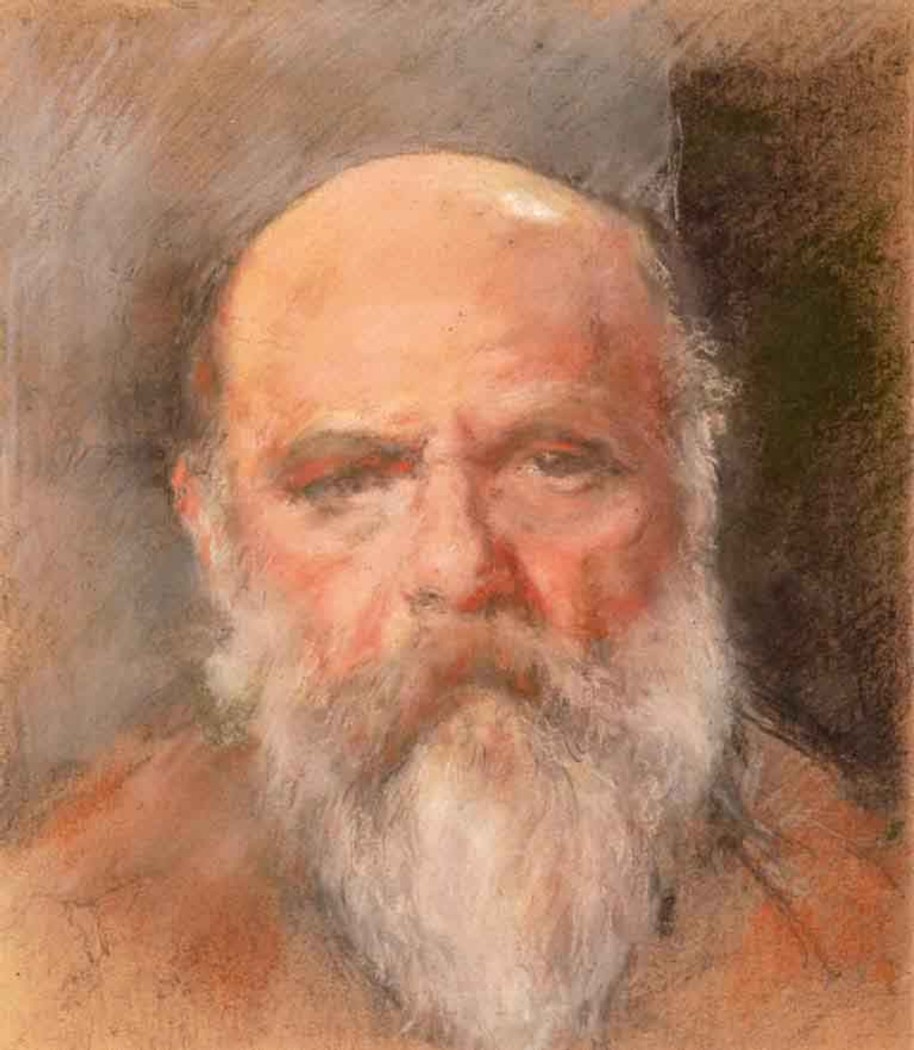
Ker-Xavier Roussel was a French painter, renowned for his distinctive post-impressionist style and his affiliation with the Nabis, an avant-garde artist group. Born in 1867, Roussel's artistic journey began in his teens and continued robustly into the 20th century, leaving a legacy celebrated for its mythological and bucolic themes.
Roussel's art is characterized by its vivid portrayal of mythological scenes and landscapes, often infused with a sense of eroticism and joy. His work frequently depicts Greek myths set against the backdrop of the Mediterranean, featuring figures like women, nymphs, centaurs, and fauns. These large, brightly colored paintings, such as "Rural Festival, Summer" and "The Seasons of Life," marked a departure from the smaller formats typical of the Nabis, showcasing his evolution towards a more expansive and expressive style.
A master of pastels, Roussel's work from the 1890s, such as "La Barrière," displayed at the Musée d'Orsay, reflects the Nabi style with its Japanese print influences, absence of perspective, and contrasting values. His later works, created between 1930 and 1944, often depicted violent mythological deaths, revealing a darker aspect of his artistic expression.
Roussel's contributions extended beyond canvas, as he created large paintings for public spaces and private clients, including a significant panel for the Palais des Nations in Geneva and the front curtain of the Théâtre des Champs-Élysées. His recognition peaked in the 1930s, with a multi-panel scheme for the Palais de Chaillot and winning the Carnegie Prize for art in 1926.
Despite a period of obscurity, Roussel's work regained attention through exhibitions like "Ker-Xavier Roussel, Private Garden, Dreamed Garden" at the Musée des Impressionnismes in Giverny, showcasing his significant contributions to art history.
For art collectors and experts, understanding Roussel's work offers insights into the evolution of post-impressionism and the Nabis' influence on modern art. His unique blend of mythological themes and vibrant landscapes represents an important chapter in art history. For those interested in exploring Roussel's work further or keeping updated on related art sales and auctions, signing up for updates is a valuable opportunity to deepen your engagement with this influential artist's legacy.

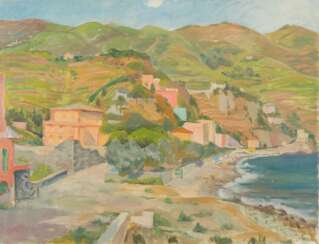

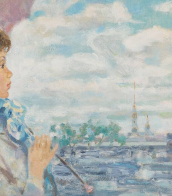
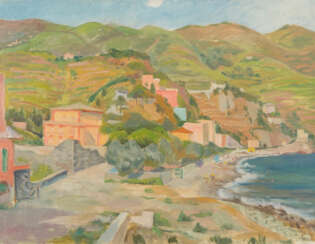

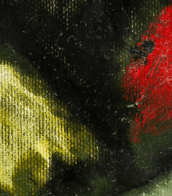
![[TERRAPIATTISMO] - PANERONI Giovanni (1871-1950) - Lotto di cinque pubblicazioni terrapiattiste. [c.a 1920-30].](/assets/image/picture_1242219/3d8b5/jgrvtukt1rwgejxbc1syukumbvcbigqmrxso98v0wuum-tknfwvztg6awztdinl1608650265jpg__fix_374_244.jpeg)
![[TERRAPIATTISMO] - PANERONI Giovanni (1871-1950) - Lotto di cinque pubblicazioni terrapiattiste. [c.a 1920-30].](https://veryimportantlot.com/assets/image/picture_1242219/3d8b5/jgrvtukt1rwgejxbc1syukumbvcbigqmrxso98v0wuum-tknfwvztg6awztdinl1608650265jpg__fix_374_244.jpeg)
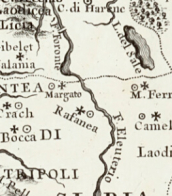


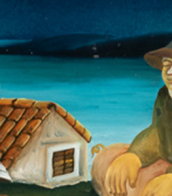




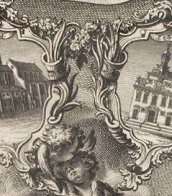
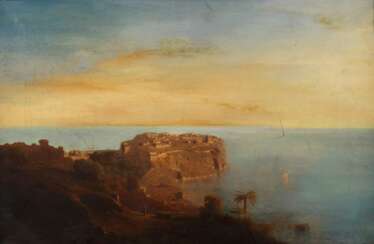

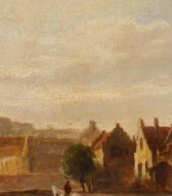
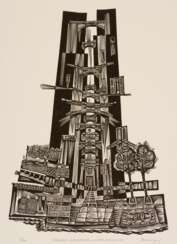

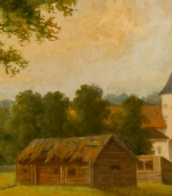
![[Wolfgang Amadeus Mozart (1756-1791)] – Thomas Attwood (1765-1838)](/assets/image/picture_3620327/20129/83326a0548268312f6e828e1f8c2ff0c1701428400jpg__fix_374_244.jpeg)
![[Wolfgang Amadeus Mozart (1756-1791)] – Thomas Attwood (1765-1838)](https://veryimportantlot.com/assets/image/picture_3620327/20129/83326a0548268312f6e828e1f8c2ff0c1701428400jpg__fix_374_244.jpeg)
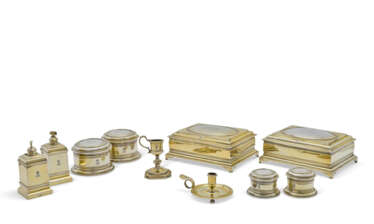

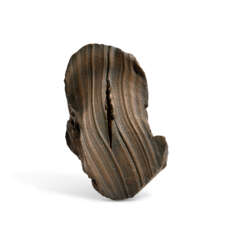

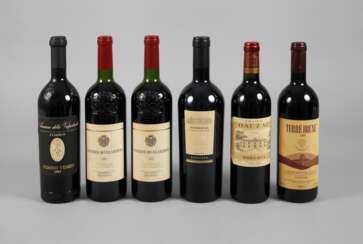


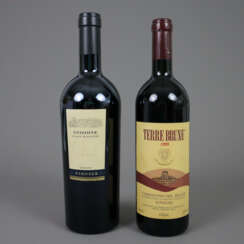

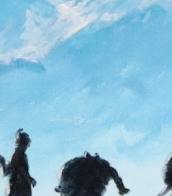
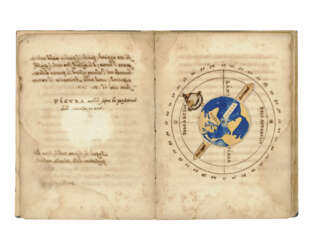


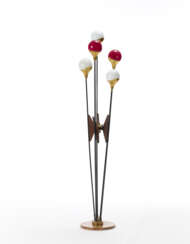

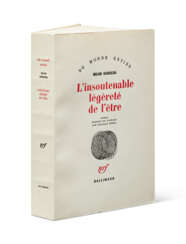


![[CASSIANUS BASSUS].](/assets/image/picture_2734808/2c4cc/78858778bf950ae1ebd945a192744a241679526000jpg__fix_374_244.jpeg)
![[CASSIANUS BASSUS].](https://veryimportantlot.com/assets/image/picture_2734808/2c4cc/78858778bf950ae1ebd945a192744a241679526000jpg__fix_374_244.jpeg)

